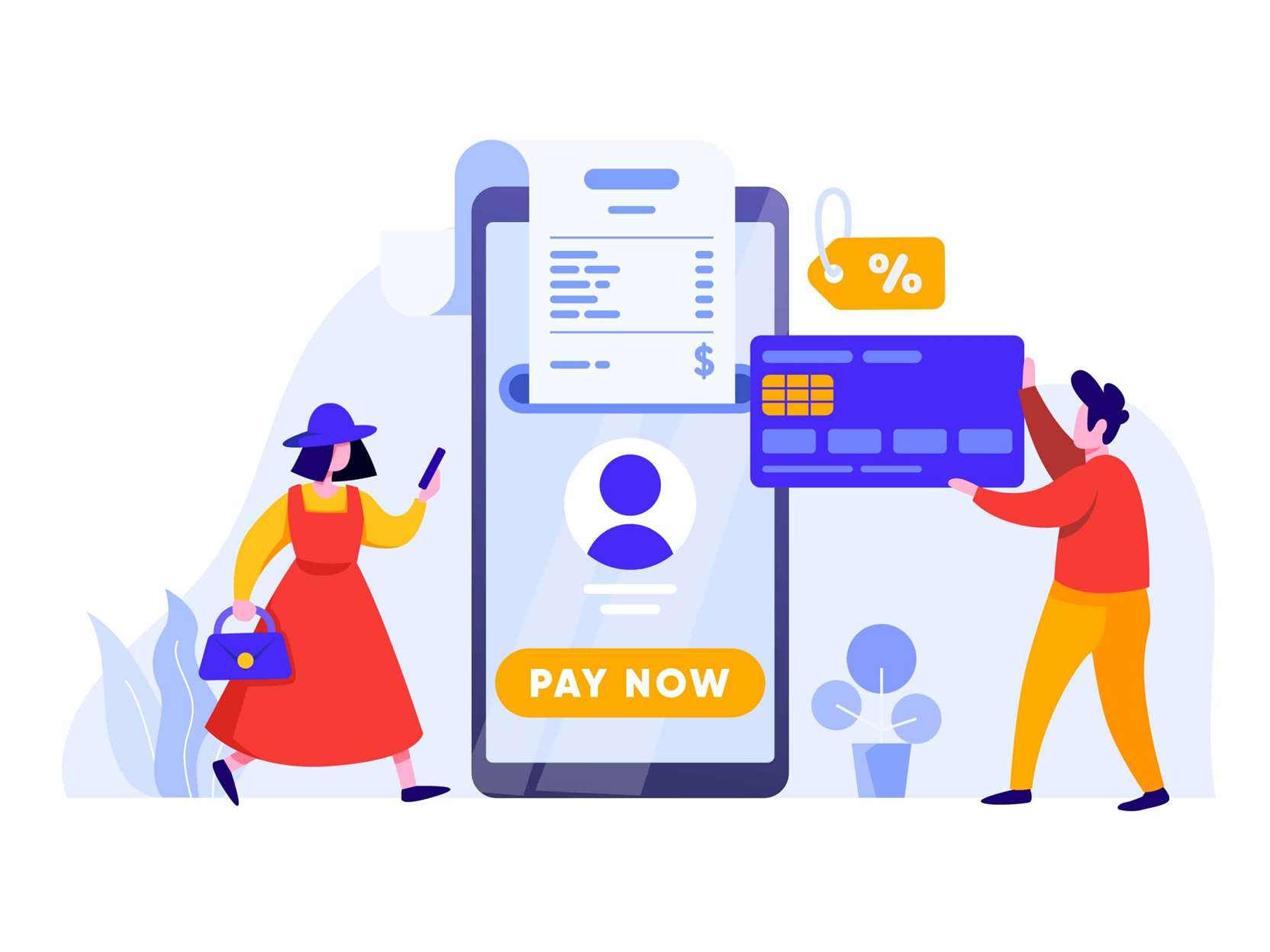Content
- Is the cloud more secure than on-premise environments?
- How Snyk can help secure your cloud environments
- Cloud security best practices for major cloud computing platforms
- What are the Different Types of Cloud Security that can be Used?
- Strong cloud security requires strong leadership
- Don’t give every user the keys to the kingdom
- What is the cloud?
It can protect data stored in the cloud, or transferred to or from cloud-based resources. Cloud platforms, along with cloud-native third-party tools are capable of providing data protection https://globalcloudteam.com/ throughout the entire data life cycle, whether the data is at rest or in transit. Cloud security is a discipline of cyber security dedicated to securing cloud computing systems.

Legislation has been put in place to help protect end users from the sale and sharing of their sensitive data. General Data Protection Regulation and Health Insurance Portability and Accountability Act each do their own duties to protect privacy, limiting how data can be stored and accessed. Traditional IT security has felt an immense evolution due to the shift to cloud-based computing. While cloud models allow for more convenience, always-on connectivity requires new considerations to keep them secure. Cloud security, as a modernized cyber security solution, stands out from legacy IT models in a few ways.
Is the cloud more secure than on-premise environments?
First, make sure you send your files to a cloud services provider that encrypts your data. You want to make it as difficult as possible for hackers to get at your information. Storing your images and files with a provider that relies on encryption will give hackers pause. This means that they copy your data several times and store them on many different data centers.
To successfully protect your cloud platform, you’re going to need advanced cloud security skills and knowledge. You’ll also need to learn platform-specific skills so you can configure access, network security and ensure data protection all within your chosen cloud provider. You’ll explore the security risks of moving to the cloud, understand why cloud security is required, and discover cloud security best practices. We’ll also cover topics like how to assess a cloud service provider’s security and identify the certifications and training to improve your cloud security. Private clouds may be created and managed onsite by an organization or third-party cloud providers.
How Snyk can help secure your cloud environments
Avoid accessing your data on public Wi-Fi, particularly if it doesn’t use strong authentication. However, use a virtual private network to protect your gateway to the cloud. Modify permissions to prevent any individual or device from having access to all your data unless it is necessary. For instance, businesses will do this through database permission settings. If you have a home network, use guest networks for your children, for IoT devices, and for your TV.
AI then analyzes data and alerts administrators of abnormal behavior that could indicate a threat. Cloud security, also known as cloud computing security, is the practice of protecting cloud-based data, applications and infrastructure from cyber attacks and cyber threats. Mitigate risk with cloud service providers to align with regulatory requirements. Secure landing zone configuration policies and apply cloud service provider platform security controls.
Cloud security best practices for major cloud computing platforms
Security information and event management provides a comprehensive security orchestration solution that automates threat monitoring, detection, and response in cloud-based environments. By default, most cloud providers follow best security practices and take active steps to protect the integrity of their servers. However, organizations need to make their own considerations security companies list when protecting data, applications, and workloads running on the cloud. Cloud technology is nothing without the availability of resources and data all the time. All the data, websites, and applications deployed on the cloud must be always available. It will also do live tracking of other security measures to ensure productivity for your business/company.
More so because over 90% of businesses use or anticipate to use a multicloud environment, with a majority already immersed in the hybrid approach. The embrace of a remote workforce, along with the concept of bring your own device has accelerated in recent years. However, using personal smartphones to access business data poses security risks to the company’s network.
What are the Different Types of Cloud Security that can be Used?
Without robust cloud security, all it takes is for an attacker to breach a single weak device or misconfigured cloud resource. They can then traverse interfaces with other cloud systems to uncover data which they can then replicate to their own cloud account or their own servers. Cloud environments add new dimensions to compliance with regulatory requirements around user privacy, such as SOC 2, PCI and HIPAA, and internal requirements. Compliance processes need to address the infrastructure itself, as well as interfaces between in-house systems, cloud infrastructure, and the internet. Zero Trust, for example, promotes a least privilege governance strategy whereby users are only given access to the resources they need to perform their duties.

This is where identity security, which is another component of zero trust, is vital. Identity security is needed so users and entities can only access what they need to perform their duties. Likewise, machines and devices must be constrained to communicate with only the applications they require to execute their tasks. With zero-trust security protocols, sensitive portions of the cloud environment can be strategically isolated.
Strong cloud security requires strong leadership
You’ll find a series of recommended cloud security certifications and training later in the guide. A service provider who extends a marketplace of partners and solutions to you in order to further enhance the security of your deployment. When operating systems in a cloud infrastructure, you might use an API to implement control. Any API built into your web or mobile applications can offer access internally by staff or externally by consumers.
- They will take quick and decisive action to address any incidents – keeping you informed of the outcome.
- This could be a user suddenly logging in from another country or multiple rapid sign-in attempts .
- It’s important to understand where security responsibilities lie when using the service.
- This visibility will help you implement granular security policies and mitigate a wide range of risks.
- Through multi-tenant platforms, hyperscale cloud providers offer businesses the ability to scale up and down to meet their data access needs.
- With growing volumes of data and more mission-critical services residing in the cloud, every business needs to look beyond the firewall to secure their valuable assets.
